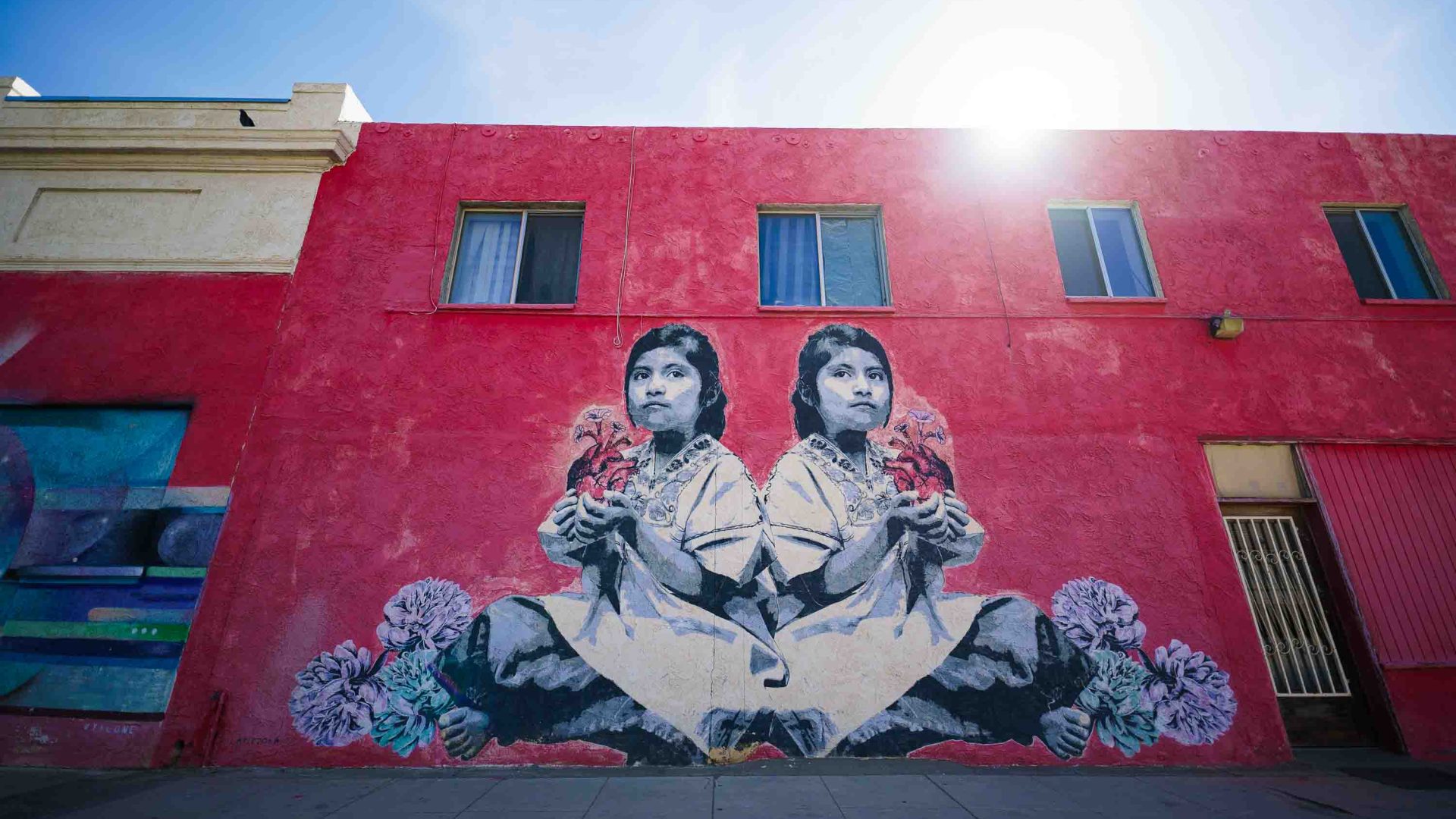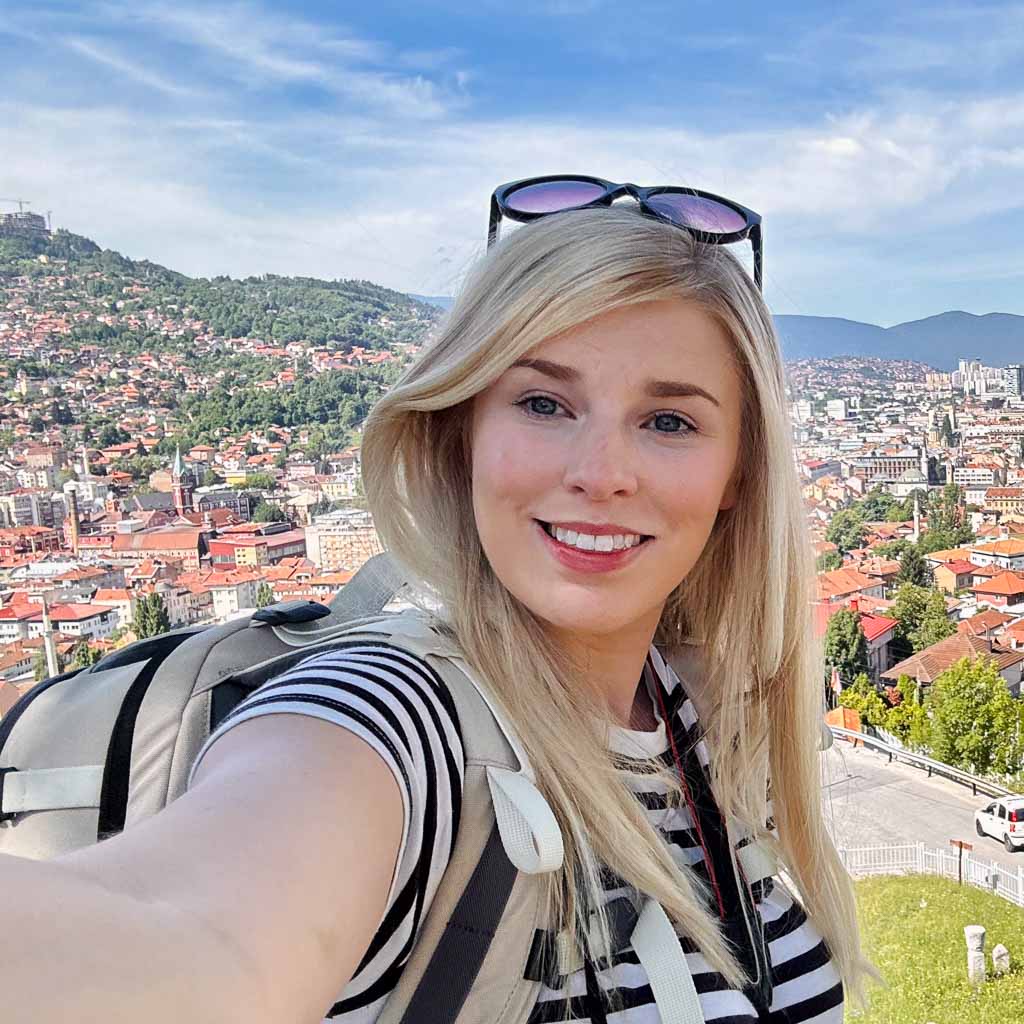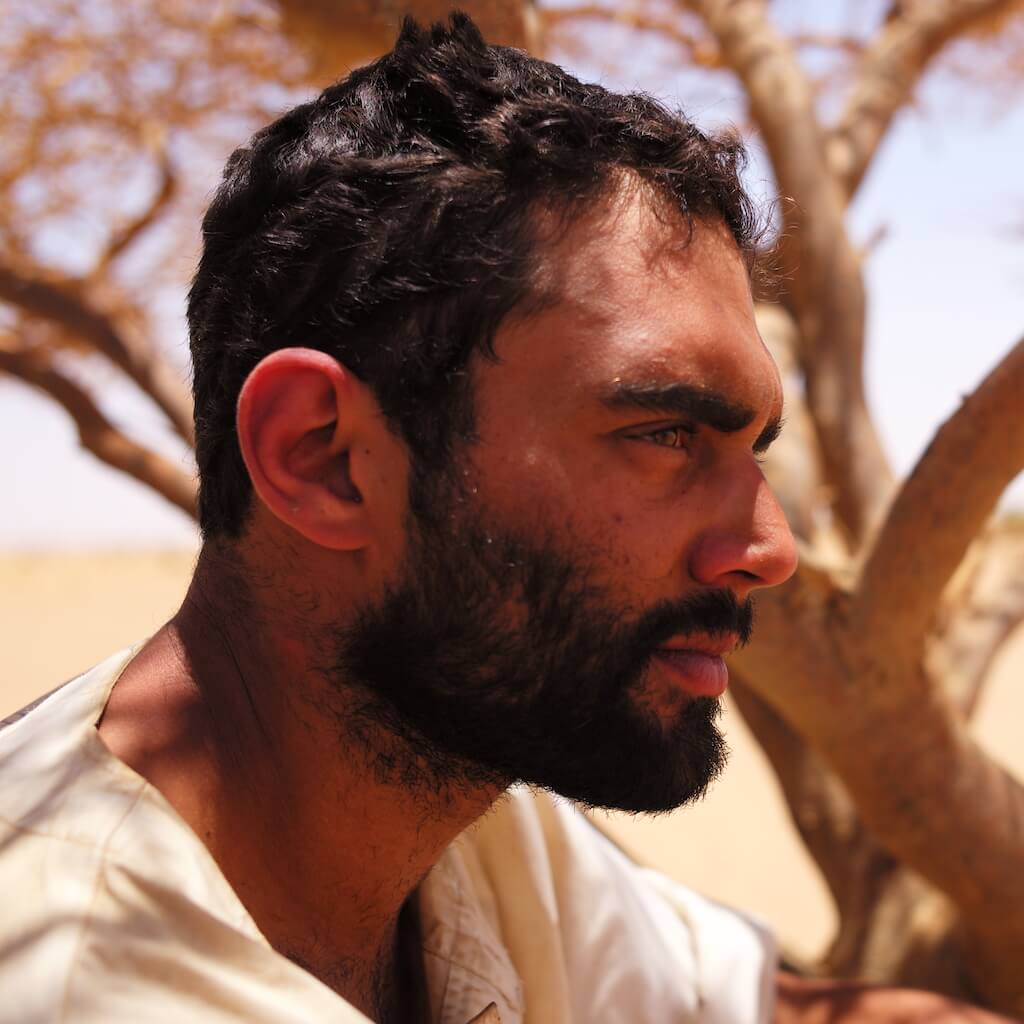
Take a 10-minute drive from the Californian music festival and you’ll find Coachella the town sitting on ancient Native American territory and with a thriving Mexican-American subculture. And it’s well worth a detour, writes Laura Sanders.


Take a 10-minute drive from the Californian music festival and you’ll find Coachella the town sitting on ancient Native American territory and with a thriving Mexican-American subculture. And it’s well worth a detour, writes Laura Sanders.
A couple of weeks before the 25th Coachella Valley Music and Arts Festival kicks off in the California desert, the grounds are filled with the sound of cranes droning and metal clanking as staff put the final parts of the main stage together. Five-star resorts, popular restaurant chains and prestigious country clubs surround it. This is Indio, a city in Greater Palm Springs and northwest of the festival’s namesake.
But a 10-minute drive and a world away is another Coachella— the town itself,
With a 98 percent Latino population, Coachella retains its small town charm from its beginnings as a farming community—despite the population now being five times what it was in the 1980s. Dubbed the ‘City of Eternal Sunshine’ not only for the weather, but for the deep-rooted family values the community upholds, Coachella now has a thriving Chicano (of Mexican descent but born in the USA) arts scene with edgy, often political street murals paying homage to its Mexican diaspora.

My self-guided walking tour begins downtown at Sixth Street Coffee with an order of their award-winning horchata latte. Horchata is a traditional Spanish drink found in Mexico and other parts of Central America. There are many variations but it’s essentially a cold, non-dairy drink made with blended soaked grains like oat (but sometimes nuts) and sweetened with natural sugars and spices such as cinnamon. It’s smooth, sweet and aromatic, and doesn’t last long enough to see the next block as I start walking.
The coffee shop is in the pueblo viejo (old town), the heart of Coachella’s Chicano culture. There are murals at every turn, the most revered of which can be found on Shady Lane where 100 years of Mexican and Chicano history unfurls across a thousand-foot canvas.
But despite a popping arts scene and no shortage of good food, Coachella barely gets a look in from the thousands of festival goers passing through each April, says Gonzalez.
Here you’ll find colorful scenes of the first Mexican settlers—the ‘pioneer families’—who came to work the land in 1910, scenes from the Cesar Chavez civil rights movement for farmers in the 1940s, and Chicano soldiers in Vietnam. It was this mural that sparked off the wider Coachella Walls project four years later.
“Coachella has historically been stigmatized as a community you don’t want to visit,” says Ruben Gonzalez, a lifelong resident, and member of the city’s planning commission who was involved in the mural. “Art, music and good food have a way of breaking barriers.”
Over the last decade, Culturas Music and Arts (CMA), the arts arm of the local planning commission, has worked closely with the community to attract visitors and transform the city into a vibrant cultural hub. “I’m proud to say that CMA led the effort in creating an art movement that is now thriving,” Gonzalez tells me. “Synergy Music & Arts Festival, Women Rising, Arte del Barrio are just a few of the many events that we have in Coachella, all grassroots and community driven.”
Other key dates on the calendar include the Mariachi Festival in March, Tacos, Tequila, and Chavelas Festival in October, and Dia de los Muertos in November.
Coachella is home to some of Greater Palm Springs’ top taco producers such as El Tranvia, a family business started in Mexico 50 years ago by the current owner’s grandparents, and Jalisco, the town’s first Mexican restaurant. Speaking of firsts, La Tres Conchitas, the city’s first bakery, is the spot for classic Mexican sweet bread and churros.
But despite a popping arts scene and no shortage of good food, Coachella barely gets a look in from the thousands of festival goers passing through each April, says Gonzalez. Residents are hopeful this could all change with discussions to build the city’s first hotel and plans to expand on Coachella’s cultural offering.

Walking around, Coachella appears is in its infancy as a tourism destination. There aren’t yet a huge amount of shops or traditional ‘things to do’, but grazing on delicious food and enjoying the art is rewarding enough. The area is largely residential with parks where local children play on the swings after school—Rancho Las Flores is one of the city’s newest green spaces and a lovely spot to sit on the grass and slurp on a horchata latte. The warm greetings I get from locals seem to show the community is keen to welcome more visitors.
“We have lots of vacant property ready for responsible development,” says Gonzalez. “We are currently in the middle of creating an art walk that begins at Avenue 52 and heads north to 1st Street. The art walk goes into the downtown area with more murals, sculptures, statues and possibly a Chicano Art Gallery.”
“I am grateful and humbled by my mother’s achievements. While I may never match her impact, I am committed to achieving great things for our tribe.”
- Amanda Augustine, Augustine Band of Cahuilla Indians
History here runs much deeper than Coachella’s Latino arts scene. This is the traditional land of the Augustine Band of Cahuilla Indians, who have resided here for over 300 years,. Today, the Cahuilla’s 750-acre reservation lies a couple of blocks south of where the art walk is taking shape.
Currently at the helm is Amanda Augustine whose mother single-handedly brought the tribe back from the brink of vanishing during her 30-year reign as chairwoman. The award-winning Augustine Casino was opened in 2002, the tribe’s first modern enterprise. As a federally recognized Indian Nation, the tribe has the power to govern, create laws and build on its land, which is why you’ll find a casino here despite commercial gambling being illegal in California.
Her mother’s final project was Temalpakh Farm, opened in 2012, which Augustine has continued to develop. Here, visitors can take a tour of the grounds and learn about a myriad of topics, from organic sustainable farming to Cahuilla tribal culture. In 2022, they opened a farm shop which sells, among other produce, fresh smoothies aptly named the ‘Big Chief’ and ‘Green Feather.’
“I am grateful and humbled by my mother’s achievements,” says Augustine. “While I may never match her impact, I am committed to achieving great things for our tribe.” Augustine tells me the casino and farm help support the reservation and bolster its self-sufficiency as a nation.
“I highly recommend visiting the Coachella Valley between August and December, as this is when many tribes host their pow wows,” she adds. “These events feature native dance competitions, exquisite beadwork and art available for purchase, and delectable Indian tacos. It’s an extraordinary experience that showcases the vibrant culture and traditions of the tribes in the region.”

And what about their Latino neighbors? How do these two communities work together? “We have consistently nurtured a relationship of respect and care with the Latinx community,” Augustine tells me. “The majority of our employees and customers come from this community.”
As I jump back in my car, three men sitting at the bus stop bow their sombreros at me. I’m donning a cowboy hat and we exchange a giggle at our great fashion choices. I’m excited by what I see and hold out high hopes for Coachella as it transforms from a forgotten farming town to a cultural treasure trove among the glamorous resorts and star-studded festivals around it.
The writer was hosted by Visit Greater Palm Springs. You can download self-guided Coachella Walls walking tour at coachella.org and find out more about the Augustine tribe, and Coachella arts projects.
***
Adventure.com strives to be a low-emissions publication, and we are working to reduce our carbon emissions where possible. Emissions generated by the movements of our staff and contributors are carbon offset through our parent company, Intrepid. You can visit our sustainability page and read our Contributor Impact Guidelines for more information. While we take our commitment to people and planet seriously, we acknowledge that we still have plenty of work to do, and we welcome all feedback and suggestions from our readers. You can contact us anytime at hello@adventure.com. Please allow up to one week for a response.

Laura is an award-winning journalist, travel writer and broadcaster based in Birmingham, UK, with bylines in Conde Nast Traveller UK, Euronews, Lonely Planet, and Telegraph Travel, among others. In 2021, she launched the True Travel Podcast where she interviews guests about their adventures and presents travel guides from her trips.








Can't find what you're looking for? Try using these tags: